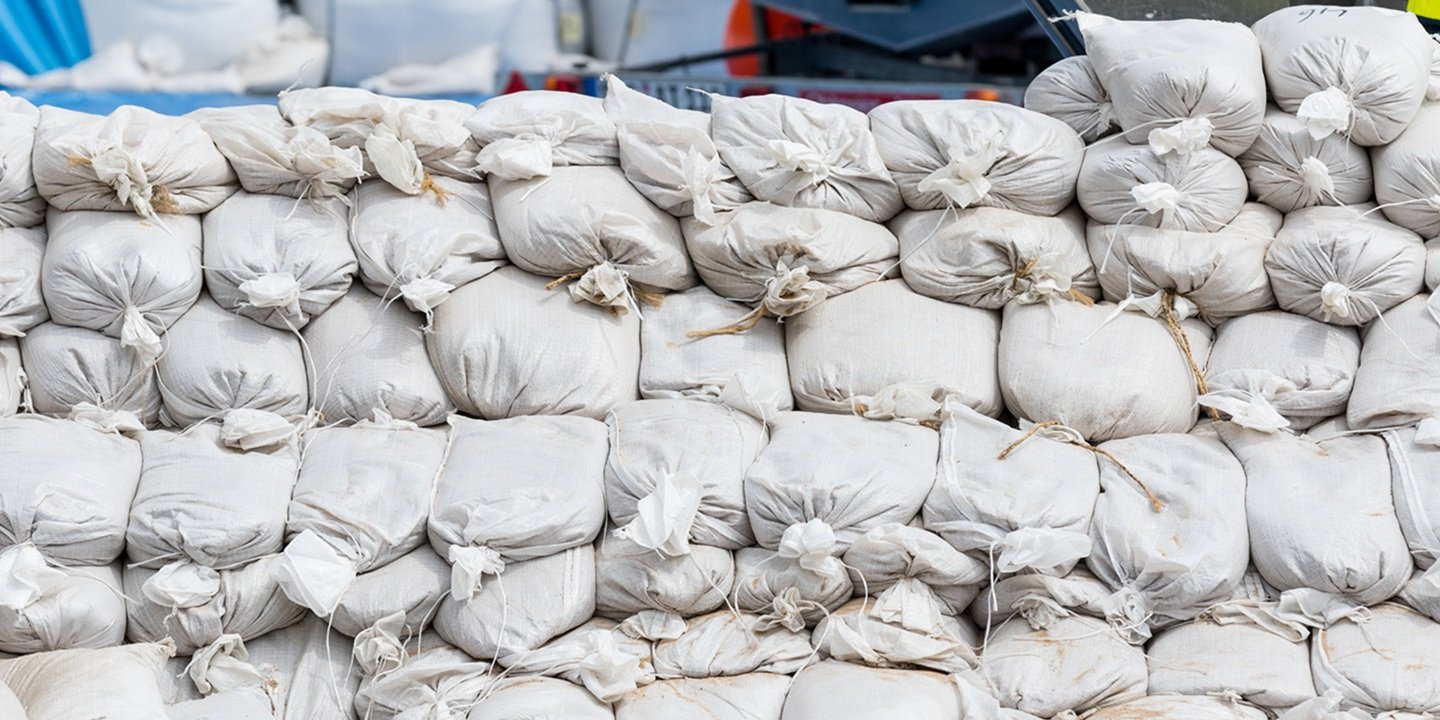When to activate your flood response plan
Climate and EnergyArticleJuly 21, 2025
The response phase of an effective flood Emergency Response Plan will be based upon the assessment of your risks and vulnerabilities explored when considering preparedness for a flooding event. Your response will consider all shifts, staffing limitations, potential mandatory evacuations, resources and supplies needed, and any potential obstacles to adequate implementation of emergency preparations.
Now, a major flooding event is here. Your organization has done what was necessary to prepare. It’s time to act.
As the weather event unfolds, implement the following actions:
Document the event
- Developing a complete record of all relevant details concerning the flooding event will be a great help in facilitating the loss-adjustment process. It will also provide a record that may help your emergency response and site management personnel to improve your mitigation and response plan for any future event. Your detailed documentation should include a record of all internal communications and actions, photos of preparations taken onsite before the event, conditions upon your return, and more.
Stay abreast of developing conditions
- Open lines of communication with local authorities and emergency services agencies to gauge the status and potential severity of ongoing flood risk. They should be able to provide some guidance about how serious, and potentially dangerous, the flooding event may become.
Inform all stakeholders of the situation
- Follow the communication protocols outlined in your Emergency Response Plan to ensure employees, local authorities, media and others are kept informed of the developing situation. Provide all critical information regarding the scope of the event to your staff, customers, suppliers and any others who need to know. Inform suppliers to pause deliveries until otherwise notified.
Execute safe shutdown procedures
- Critical operations and utilities identified during the risk assessment process, preparation and mitigation phases of your Emergency Response Plan should be shut down for the duration of the emergency, according to conditions and parameters outlined in your plan.
Remove hazardous substances to a safe location
- Make sure that hazardous materials have been moved to secure locations using safe access routes identified during the planning process. This will not only help to protect your property and people but may also prevent egress of materials into local runoff, potentially resulting in pollution exposures.
Remove portable machinery, equipment, stocks and supplies to safe locations
- Critical equipment should be relocated from ground level and below-grade areas following access routes defined during the preparation phase.
Close manual sewer backflow valves and plug drains
- This process should include the plugging of toilets to help prevent sewage backups. Basement and lower-level toilets in areas that may be prone to flooding should be removed and the drains plugged as a part of the response planning process.
Isolate low-level electrical and non-portable equipment
- Equipment that is not portable and cannot be removed must be protected from flood effects by whatever means are available, practical and safe.
Secure all buildings
- Once all buildings and facilities have been evacuated and secured, restrict entry until the emergency has passed.
Before recovery begins
- In the immediate aftermath of the flood event, carefully survey the severity and extent of the damage to establish priorities for cleanup and recovery. Emphasize the importance of employee safety as your team begins to reenter your facility and immediately request and deploy any additional supplies and resources that may be needed.
The recovery phase of your Emergency Response Plan is now ready to begin.
Find guidance on the other phases in a Flood Emergency Response at Zurich's Flood Resource Hub.
The guidance in this article was provided by the Zurich Resilience Solutions team of Risk Engineering professionals.
